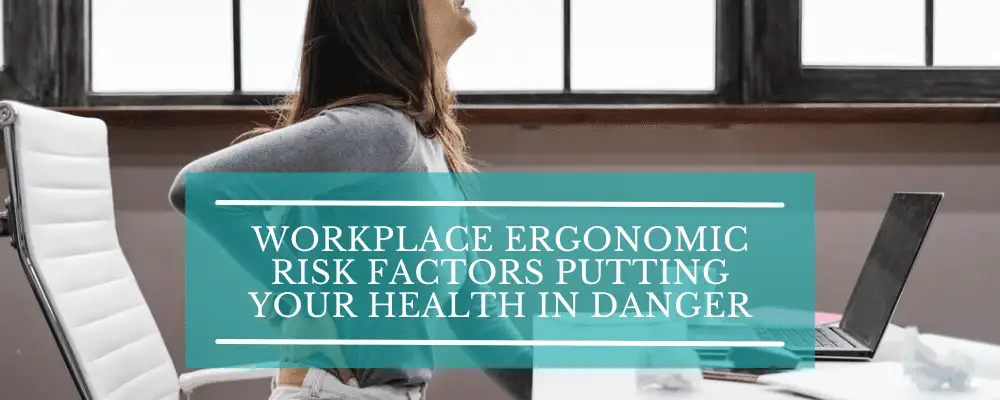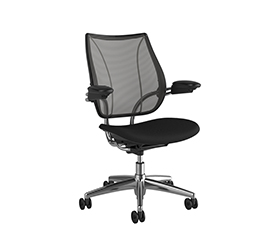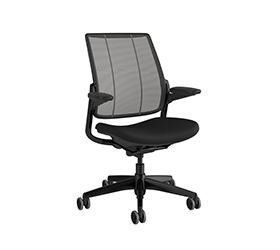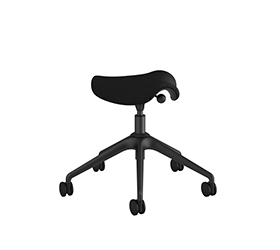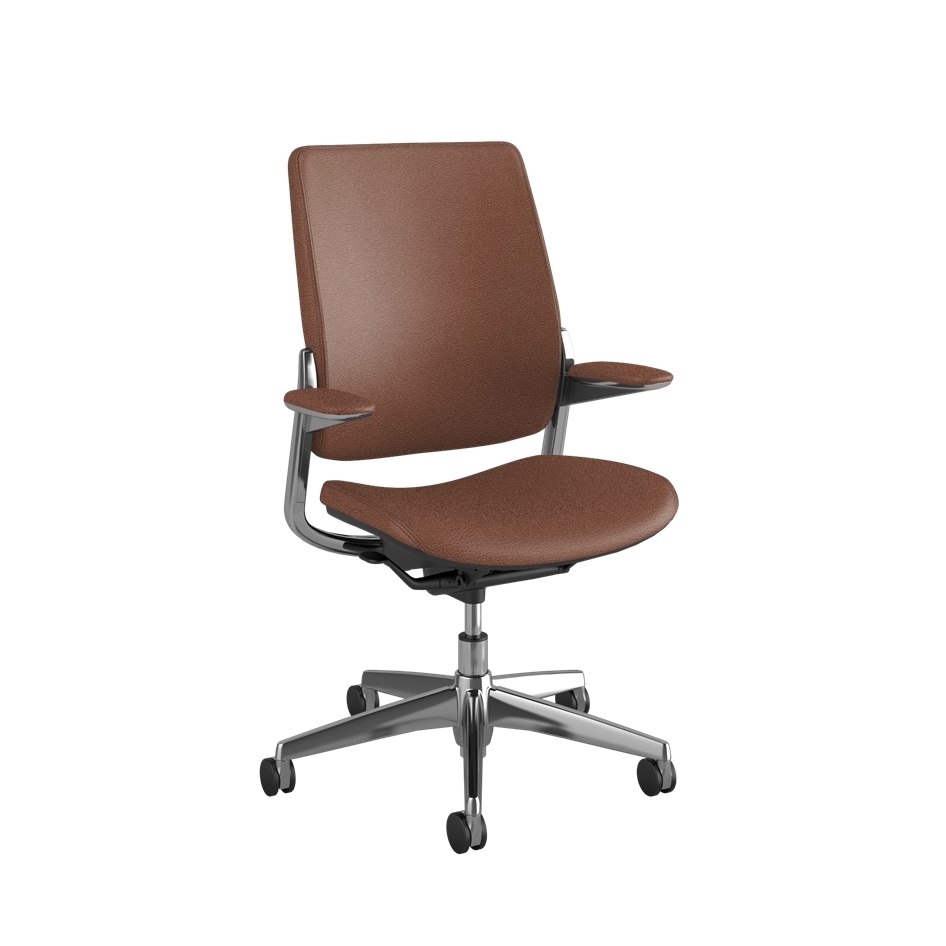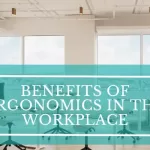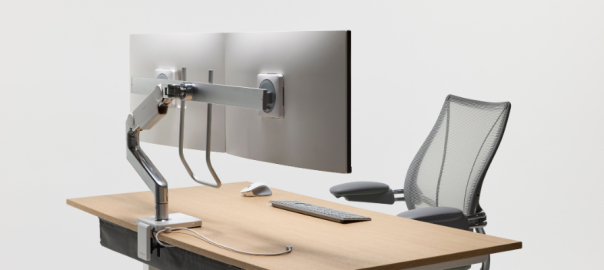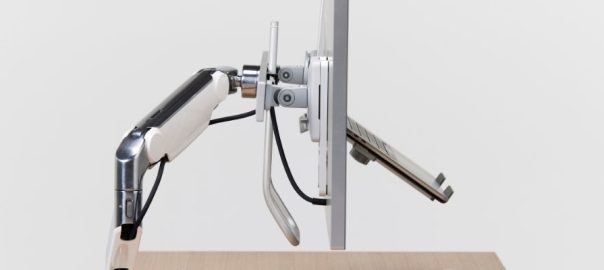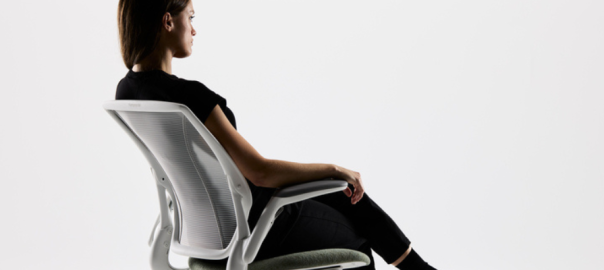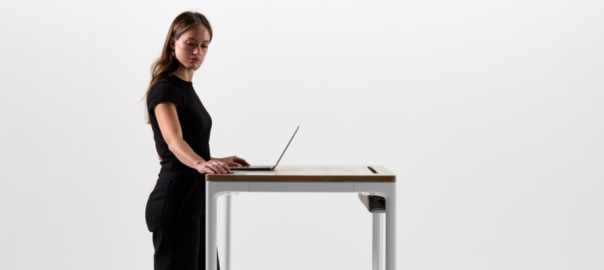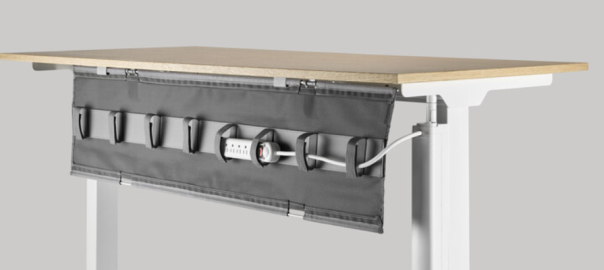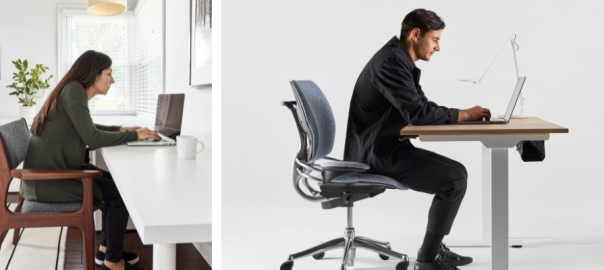What are Ergonomic Hazards/Risks?
Ergonomic hazards are conditions in the workplace that put workers’ physical health at risk by putting them under stress or injury from hard work, uncomfortable postures, repetitive motions, or other ergonomic-related problems.
Whether you work in your office cubicle or at home, you’re relatively safe (if you think so). That said, you’re still prone to workplace injuries, especially due to the impacts of poor ergonomics. Most people don’t maintain a perfect posture all day while working. Hunched backs glued to screens, necks craned toward smartphones, wrists contorted over keyboards, and slumped in one direction or another over time. These repetitive movements—when done for long hours every working day —lead to ergonomic hazards. The most common ergonomic hazards examples in workplaces include repetitive motion injuries (RMI), work-related musculoskeletal disorders (WMSD), and cumulative trauma disorders (CTD).
According to a survey, the prevalence of WMSDs among Indian bank employees is alarmingly 90%, with most having pains in the lower and upper back, neck, and hand/wrist. Ignoring major workplace ergonomic risk factors has dire consequences, from minor aches to debilitating chronic conditions, putting your physical and mental health at stake.
In the following blog, we’ll discuss critical ergonomic hazards stemming from poor work-desk arrangements, followed by the importance of ergonomic office furniture.
Most Common Health Risks of Bad Ergonomics in the Workplace
The importance of ergonomic design in today’s modern workplaces cannot be emphasized. However, disregarding appropriate ergonomic products can put workers’ health at danger in several ways. Below are the impacts of poor ergonomics in workplaces:
Musculoskeletal Disorders (MSD)
Musculoskeletal disorders (MSD) are the most prevalent types of ergonomic hazards in the workplace. These work-related injuries occur due to awkward postures, overexertion, and repetitive motions, and affect the body’s muscles, tendons, tendon sheaths, and nerves.
Here are the most often-cited MSDs:
- Carpal Tunnel Syndrome (CTS): It is a condition where a nerve within a specific passageway in the wrist becomes compressed, leading to tingling, sharp pain, and numbness in the hand and wrist. Repetitive hand movements such as typing or writing, and incorrect angle or height of mouse or keyword cause CTS.
- Tendonitis: This ergonomic health hazard is the inflammation or irritation of tendons (strong fibers connecting the muscles and bones) arising due to improper posture. Tendonitis triggers pain and tenderness around the ankle, wrist, shoulder, kneecap, and elbow.
- Bursitis: It is the inflammation of the bursa (a small fluid sac lubricating the regions between bones, tendons, tissues, and ligaments). Bursitis happens due to repetitive shoulder movements, frequent kneeling, and pressure to the elbow. It causes pain and swelling in the knee, elbow, or shoulder.
- Trigger Finger/Thumb: This ergonomic hazard occurs due to the inflammation of tendons and/or the tendon sheaths located in the fingers. Repetitive movements or gripping too firmly or too often make it challenging to move your fingers without feeling sharp pain.
Headaches & Vision Issues
Many employees suffer from computer vision syndrome (CVS) from working on PCs for long hours. This ergonomic risk is a combination of eye irritation, dryness, and blurry or double vision.
Improper screen positioning and poor lighting (too much or too little ambient light and a lack of task lighting) cause eye strain and headaches. Moreover, CVS can affect the shoulder, neck, and back, reckons the American Optometric Association (AOA). Our brain doesn’t want us to see things blurred, so we make unconscious adjustments to make up for inadequate lighting. People squint, bend their necks, and/or trunk forward to get closer to the PC monitor.
Backaches
Upper back and neck pain is significantly common and sometimes occurs alongside lower back pain. These ergonomic hazards result from the lack of a supportive chair and a desk surface that’s considerably high for the chair—though this depends on person to person. Poor workplace ergonomic hazards impact you in ways you least expect. Case in point, you can have CSDs by merely sitting hunched over a PC or standing for prolonged periods.
Read More: How Ergonomic Chairs Are Your Ultimate Solution to Back Pain
Cardiovascular Disorders
While the most prevalent ergonomic hazards are WMSDs like carpal tunnel and back pain, the potential negative impact goes beyond the bones and muscles. Interestingly, a medical study links prolonged sitting at work—often a consequence of poor ergonomics effects—to a higher risk of cardiovascular diseases (CVD). Another research suggests that extended periods of inactivity hamper the body’s ability to regulate blood sugar, which is called metabolic syndrome, a precursor to type 2 diabetes.
These health risks of bad ergonomics can bleed into personal life, causing anxiety and stress. This chronic stress further increases the odds of CVDs. Heart-related issues in India have become a silent epidemic, accounting for about a quarter of deaths. While workplace ergonomics risk factors don’t directly lead to CVDs, the indirect effect on physiological stress and lifestyle factors increases the risk of these ergonomic hazards.
Read More: Why Are Companies Embracing Ergonomics in the Workplace?
Ganglion Cysts
Ganglion cysts are non-cancerous, fluid-filled lumps that form along joints or tendons in wrists, the back of hands, and the base of fingers. If you type on a keyboard all day long, you’re at the highest risk of developing this ergonomic hazard. While Ganglion cysts dissolve on their own sometimes, other times, they remain and induce severe pain and discomfort if they pinch a nerve. Even if you have the cyst removed surgically, it can still return if you continue to work in an environment with major workplace ergonomic risk factors.
Read More: How To Improve Ergonomics In The Workplace?
Benefits of Implementing Correct Ergonomics in Workplaces
Let’s understand how introducing ergonomic solutions keeps workplace ergonomic risk factors at bay.
Better Quality of Work
Do you know that 3 out of 5 Indian employees experience burnout symptoms—the highest globally? Major workplace ergonomic risk factors result in fatigued and frustrated employees who won’t be able to give their best.
With ergonomic furniture, such as sit and stand up desks, employees feel more comfortable and focus better on tasks in an environment free from ergonomic hazards. This heightened focus translates into improved attention to detail, accuracy, and overall better quality of work outputs.
Read More: Benefits of Incorporating Standing Desks into Your Workspace
Lowered Injury Risks
Proper ergonomic setup reduces strain on joints, muscles, and nerves, preventing discomfort and pain in the neck, back, shoulders, and wrists. Ergonomic workstations ease off tension on your and your employees’ bodies as you adjust the workstations to fit your height. The effect of ergonomic hazards starts within the cardiovascular system and scatters to other areas. Your heart will be healthier than it would be if you worked in an environment with ergonomic risk factors. Your legs can benefit from better blood flow, too.
Improved Engagement
Building an ergonomic workplace helps improve employee engagement. The more engaged your employees are, the more devoted they are to your organization’s goals and mission. Additionally, they’ll interact with clients/customers better and happily represent your firm.
Besides, having an engaged workforce reduces the risk of being short-staffed. Indian companies incur ₹140 Bn due to employee absenteeism, with 29% of sick leaves taken to cope with workplace-related stressors. If you fail to recognize ergonomic hazards, you’ll become a part of the statistics.
The Cost of Poor Ergonomics in Workplaces
Workplace ergonomic hazards account for the majority of compensation costs. Overexertion injuries collectively cost organizations US$12.84 Bn annually in lost wages and medical expenses. Ignoring the health risks of bad ergonomics can cost you dearly. In 2006, a freelance journalist claimed £37,500 to compensate for a repetitive strain injury (RSI) she developed at work, as her employer did not provide a safe workspace.
Businesses want to mint profits, and yours is no different. Like other employers, you want to reduce expenses, not increase them. Hence, you must not have second thoughts about solving ergonomic hazards in the workplace. Investing in ergonomics, like ergonomic monitor arms, is more cost-effective than draining resources on hospital bills and worker compensation claims.
Furthermore, redecorating your workplace with ergonomic solutions can equip you with stronger legal protection in case of on-site employee injuries.
Organizations Embracing Workplace Ergonomics
During COVID-induced lockdowns, HSBC India had to implement additional measures to ensure comfort and health for its work-from-home staff. As such, the banking giant allowed employees to request the necessary support. Catering to the requests made, HSBC India delivered about 300 ergonomic office chairs to employees’ homes, prioritizing those with existing health problems.
Some organizations even started paying allowances for work-from-home (WFH) expenses. For instance, Uber extended its Wellbeing Benefit program for its WFH employees in May 2020. The new policy included specific ergonomic and home workstation equipment. Similarly, Freshworks offered a work-from-allowance of US$250 to over 3,000 employees across continents to purchase ergonomic chairs, keyboards, and other accessories.
Read More: 15 Surprising Benefits of Ergonomic Chairs You Didn’t Know Yet
Healthy Employees, Healthy Bottom Lines
Ergonomics is a crucial part of the workplace wellness puzzle. For workdays that involve sitting at a PC for most of the waking hours—as our readers may be—this branch of science makes all the difference in how you function.
Get it right in your workplace, and see your and your team’s physical and mental health and productivity improved by notches. Get it wrong, and you are responsible for your employee’s constant pains and burnout. Get it wrong, and you could be staring at rising workplace compensation claims due to major workplace ergonomic risk factors.
So, whether you work at home or go to your office, building a workspace with ergonomically correct chairs with headrests, desks, workstations and keyboard trays goes a long way to preventing ergonomic hazards.

